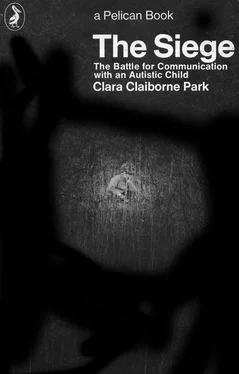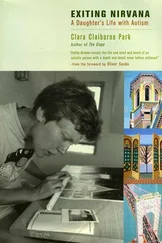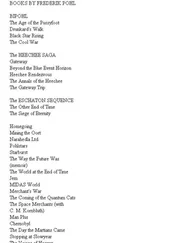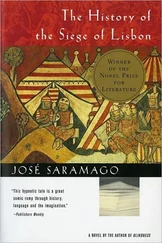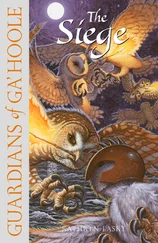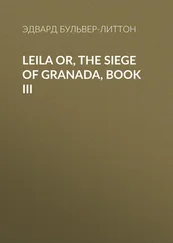Elly’s score on the Rimland Diagnostic Check List for Behaviour-Disturbed Children (Form E-1): 43 autistic responses to 4 schizophrenic responses.
I am glad to be able to call attention here to an invaluable work which I came across too late to include in my book: Early Childhood Autism , edited by J. P. Wing, Pergamon Press, 1966. This compilation of articles is an indispensable guide to the condition and the most promising methods for its treatment. In particular, Dr Ivor Lovaas’s ‘Program for the Establishing of Speech in Psychotic Children’ is essential reading for every parent or teacher who must struggle with a mute or echolalic child. It provides a systematic, generally applicable, and effective programme for tackling the problems Elly and I found hardest, such as pronomial reversal and the inability to ask and answer questions; it even suggests ways of working towards spontaneous conversation. This is only one of the many helpful articles in Dr Wing’s collection.
Infantile Autism: The Syndrome and Its Implications for a Neural Theory of Behavior, Appleton-Century-Crofts, 1964.
Karin Junker, The Child in the Glass Ball, Abingdon Press, 1964.
Therapists in California are having their first success in dealing with severely autistic children by treatment in which violence and punishment play an important part. See Life , 7 May 1965, for an account of the work of Dr Ivoar Lovaas.
Those who take the trouble to compare the recent edition of The Pocket Book of Baby and Child Care with the first one will discover that Dr Spock has revolutionized his revolution.
‘Joey, a Mechanical Boy’, Scientific American , March 1959. Dr Bettelheim describes Joey at even greater length in The Empty Fortress (Free Press, 1967), where his impressive recovery is presented as typical of the possibilities for autistic children.
Morrow and Loomis, describing a psychotic child (in many ways similar to Elly) remembered by its parents as an infant who was ‘not demanding’, add that ‘one may assume that this recollection reflects the likelihood that his demands were not appropriately met. By excessive anticipation of his needs, the parents denied him the right to demand.’ (‘Symbiotic Aspects of a Seven-Year-Old Psychotic’, in Gerald Caplan, editor, Emotional Problems of Early Childhood , Basic Books, 1955.)
Letter, Scientific American , May 1959.
Intensive Study and Treatment of Pre-school Children Who Show Marked Personality Deviations, or “Atypical Development”, and their Parents’, in Caplan, op. cit.
‘Early Ego Failure: Jean’, in Childhood and Society , W. W. Norton, 1950, pp. 1971 Jean sounds extraordinarily like a case of Kanner’s syndrome. She responded fitfully to Erikson’s therapy but did not recover.
Kanner and L. Eisenberg, ‘Notes on the Follow-up Studies of Autistic Children’, in Psychopathology of Childhood , P. H. Hoch and J. Zubin, editors, Grune & Stratton, 1955.
Rank, op. cit.
Elly’s father adds: ‘A museum was a natural choice. An artist communicates with us, even over time, by being very careful and loving and honest, by revealing all he knows.’
Kanner and Eisenberg, op. cit.
Virginia Axline, Dibs, In Search of Self , Houghton Mifflin, 1965, also Penguin, 1972.
For a suggestion of the range of therapeutic techniques (and nomenclature!), see Caplan, Emotional Problems of Early Childhood and Some Approaches to Teaching Autistic Children , ed. P. T. B. Weston, Pergamon Press, 1965.
Rosalind Oppenheim, ‘They Said Our Child Was Hopeless’, Saturday Evening Post , 17 June 1961. Parents who consult this article will find help and comfort, as we did.
For an impressive account of the achievement of untrained ‘teacher-moms’ working with severely disturbed children in an ordinary public-school situation, see Sol Nictern and George Donahue, Teaching the Troubled Child (Free Press, 1965). Donahue, however, does not believe that parents of disturbed children belong in his programme.
A trained psychologist, writing in a highly specialized professional journal, solemnly records his anger when his new jacket was soiled by a small autistic patient, and explains that he chose an old one for the next session. Any mother of young children could have instructed him in this elementary principle.
The most striking confirmation of her colour-intelligence occurred when she was six. I had brought several boxes of powder paint for her, and mixed small quantities on demand, so she could paint at home as well as at school. The colours, of course, came out pure — plain red, blue, black — and Elly seemed quite satisfied with them. When we returned to the store for more she asked for white, and we brought a box home and put it on the shelf with the others. A week later she asked for paint, and when I asked what colour replied ‘pink’, ‘light blue’ — colours she had never before requested. It was obvious to her that we could now make these colours, that white was the ingredient needed to produce pastels — something many normal six-year-olds have to be taught.
For the record, I should say that Elly did not become conscious of third-person pronouns until she was nearly eight, when she spontaneously picked out ‘they’ from a pile of word-cards as the one she wanted to learn next. The same week added ‘he’ and ‘she’. But though she can recognize them, she has said them only once or twice, and is only beginning to comprehend them securely. Ultimately, it seems plain she will acquire them, but there is nothing natural about the process.
We have other indications that she lacks the sense of what sounds carry the burden of communication. Soon after she learned ‘without’ she dropped the ‘with’; nothing will induce her to put it back. Her indistinct pronunciation drops essential indicators of meaning; she forms no plurals and inflects no verbs because she will not pronounce a final ‘s’ or ‘d.’
Later I ran across some by chance. But this is the sort of thing a good counselling service would make available to parents.
Her first use of the past tense came the summer she was eight. There have been few since. The two instances in which she has conveyed an idea of futurity are instructive: told I’d come in a minute, she said ‘Gi’ minute Mama come’; in autumn, as we speak of storm-windows, she says ‘Be winter, ha’ tor’ window.’ Her comprehension of tenses is limited; asked ‘Did you have your lunch?’ she will reply ‘Yes’ when she hasn’t, because she thinks I’ve asked ‘Do you want your lunch?’ Tense understanding requires situational understanding. ‘Sara little. Sara grow bigger’ can lead to ‘was’ and ‘grew’.
The absence of this word has been called a specific symptom of infantile autism. Elly took three months to learn to use it. We would confront her with a situation to which she could be expected to respond positively and ask her to say ‘no’ or ‘yes’. ‘Elly, do you want ice cream? No or yes?’ She could echo the ‘yes’; at length she could use it spontaneously. Contrast her instant acquisition of ‘difficult’ words like ‘heptagon’.
Читать дальше
